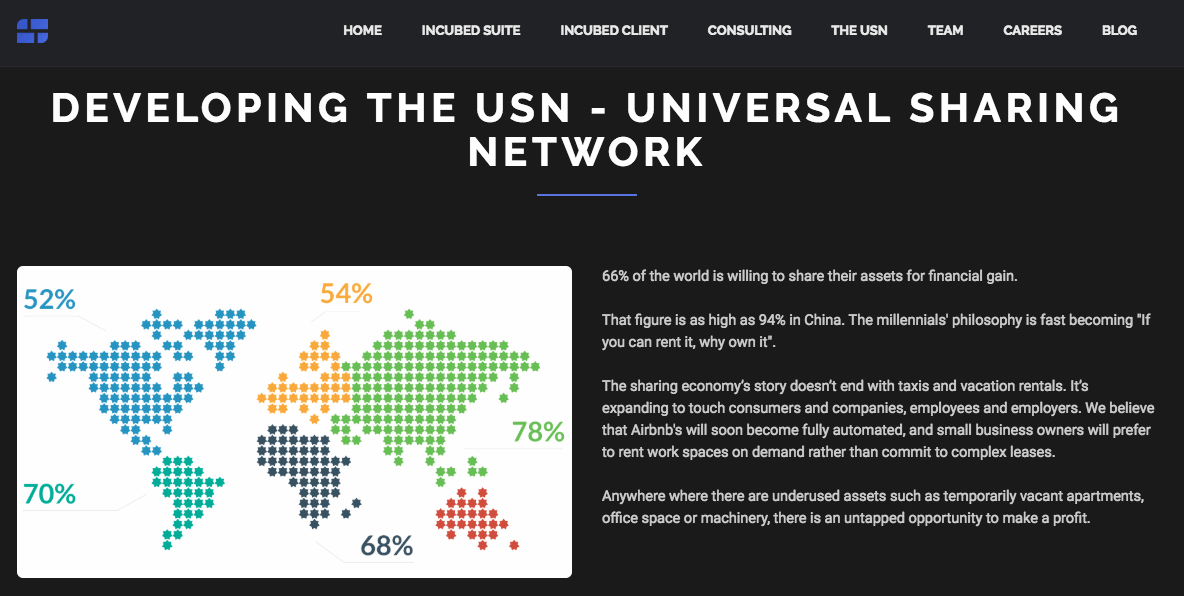
The SWOT guide to blockchain is a guide in 6 parts, where both the opportunities and challenges of blockchain are considered. Blockchain has the potential to be groundbreaking, offering opportunities and better solutions for a range of situations and industries worldwide. In the third part of this guide, we analyze blockchain’s opportunities in terms of data. We look at how blockchain can bring sweeping positive change in the world of business by fostering new solutions, particularly with the Sharing Economy.
Data and Blockchain
One of the significant benefits of blockchain is that it presents opportunities for people to regain control over their data online. This will come as good news for many who have become increasingly uncomfortable with the level of data that is held by technology companies about them. Companies like Google and Facebook have brought tremendous benefits to our lives, but it has not been without a cost. That cost has been surrendering a lot of personal data in exchange for receipt of services. Blockchain has the potential to change all that, allowing people to take back control of their data, and additionally to gain value from it.
There is no doubt that the internet has changed lives. Based on open technology, connections are possible between people, and ideas, products and services can be shared globally. However, some large organisations dominate what we do on the internet. For example, in Europe, Google is used for searches in 80% of cases. Facebook is thought to have two billion monthly active users. What this means is that these platforms hold tremendous power in the fact that we surrender our personal data to them, and it is difficult to operate in modern life without some of them. This makes them giants in their respective fields, and it is difficult for small entrants to challenge them. But concerns have been rising, as data has been hacked and stolen, and in some cases, used inappropriately by companies operating via Facebook – such as in the influencing of the democratic process.
Blockchain does not need a middleman like Facebook or Google to operate effectively. Rather, individuals can perform transactions between each other. In particular, with regard to data, what this means is that people will have greater ability to control access to their personal data. They will also know who has accessed their data. Work is underway to ensure that individual consumers can indeed realise these benefits. With blockchain stores of online data, it will be possible for people to look after their own data and provide or deny access to others as they wish.
A number of entities have already begun work on developing these types of solutions. Slock.it is one example, allowing consumers to rent or sell items with no third parties involved, and Arcade.city theoretically uses blockchain so that ridesharing can occur without a middleman. Meanwhile, Shocard and Onename are solutions that allow consumers to demonstrate their identity to organisations with a certified ID, and then this is secured using blockchain technology. Most of these projects are just beginning though, and have no real impact in people’s lives. Plus they are very complex and hardly anyone can actually understand them. They are more visions of what will eventually be possible in the future.

Nesta too is working on developing hardware and software, in addition to models of doing business that deviate from the direction of a centralised internet. The plan is to pilot solutions in different European cities, and demonstrate clearly how users can keep ownership and control of their data using blockchain technology solutions. This will allow sharing economy models to really be one-on-one, cutting out the middleman.
While we should not expect companies like Google and Facebook to stop thriving, the new alternatives that are being proposed are likely to become increasingly more palatable for many.
The SWOT Guide to Blockchain Part 1
The SWOT Guide to Blockchain Part 2
The SWOT Guide to Blockchain Part 3
The SWOT Guide to Blockchain Part 4
The SWOT Guide to Blockchain Part 5
The SWOT Guide To Blockchain Part 6

Paula Newton is a business writer, editor and management consultant with extensive experience writing and consulting for both start-ups and long established companies. She has ten years management and leadership experience gained at BSkyB in London and Viva Travel Guides in Quito, Ecuador, giving her a depth of insight into innovation in international business. With an MBA from the University of Hull and many years of experience running her own business consultancy, Paula’s background allows her to connect with a diverse range of clients, including cutting edge technology and web-based start-ups but also multinationals in need of assistance. Paula has played a defining role in shaping organizational strategy for a wide range of different organizations, including for-profit, NGOs and charities. Paula has also served on the Board of Directors for the South American Explorers Club in Quito, Ecuador.
























